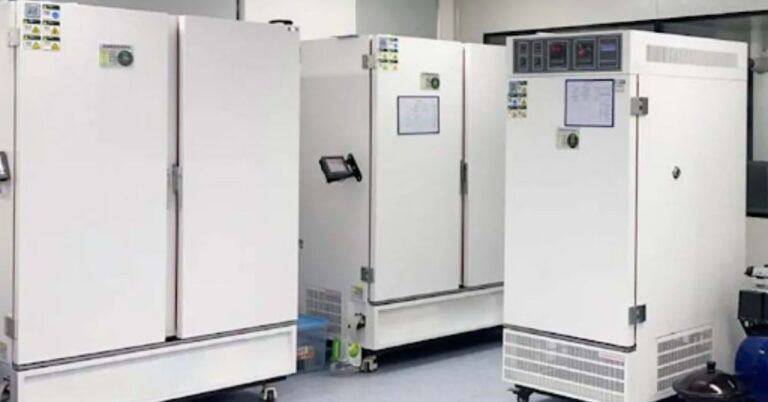Understanding the 100G ER4 Optical Module: A Deep Dive into High-Speed Data Transmission
In the ever-evolving world of data communication, the demand for higher bandwidth and faster data transmission continues to skyrocket. The 100G ER4 optical module emerges as a crucial component in meeting these demands, enabling efficient, long-distance data transfer. This blog will explore the 100G ER4 optical module, its functionality, applications, and advantages in modern data networks.
What is the 100G ER4 Optical Module?
The 100G ER4 (Extended Reach 4) optical module is designed to support high-speed data transmission over long distances. It adheres to the IEEE 802.3ba standard and operates using four wavelengths of 25 Gbps each, aggregating to a total of 100 Gbps. The “ER” in its name stands for “Extended Reach,” indicating its capability to transmit data over distances up to 40 kilometers (25 miles) on single-mode fiber (SMF).
Key Features and Specifications
High Data Rate: Supports a total data rate of 100 Gbps, making it ideal for high-bandwidth applications.
Long Distance Transmission: Capable of transmitting data up to 40 km without the need for signal regeneration.
Wavelength Division Multiplexing (WDM): Utilizes four separate wavelengths to transmit data simultaneously, ensuring efficient use of the fiber infrastructure.
Low Power Consumption: Designed to be energy-efficient, reducing operational costs in data centers and network environments.
Compliance: Adheres to the IEEE 802.3ba standard, ensuring compatibility with a wide range of networking equipment.
How Does the 100G ER4 Optical Module Work?
The 100G ER4 optical module employs Wavelength Division Multiplexing (WDM) technology to achieve high-speed data transmission. It divides the 100 Gbps data stream into four 25 Gbps channels, each transmitted on a different wavelength. These wavelengths are then multiplexed onto a single SMF for long-distance transmission. At the receiving end, the wavelengths are demultiplexed, and the data streams are recombined to form the original 100 Gbps data stream.
Applications of the 100G ER4 Optical Module
Data Centers: With the exponential growth of data traffic, data centers require high-speed interconnects to handle the load. The 100GBASE-ER4 module is ideal for connecting data centers over long distances, ensuring seamless data flow.
Enterprise Networks: Large enterprises with extensive network infrastructures benefit from the high bandwidth and long-distance capabilities of the 100GBASE-ER4 module.
Telecommunication Networks: Telecom operators utilize the 100GBASE-ER4 module to enhance their backbone networks, providing faster and more reliable services to their customers.
Internet Exchanges: The module is crucial in internet exchange points (IXPs), where massive amounts of data are exchanged between different network providers.
Advantages of the 100G ER4 Optical Module
Enhanced Performance: The 100G ER4 module offers a significant boost in data transmission speeds, supporting high-performance applications and services.
Cost-Effective: By transmitting data over long distances without the need for additional signal regeneration, the 100G ER4 module reduces the need for expensive infrastructure investments.
Scalability: As data demands grow, the 100G ER4 module provides a scalable solution that can be integrated into existing networks, ensuring future-proofing.
Reliability: Designed to meet stringent industry standards, the 100G ER4 module ensures reliable and stable data transmission, critical for mission-critical applications.
Conclusion
The 100G ER4 optical module stands as a cornerstone in the realm of high-speed data communication, offering a powerful solution for long-distance data transmission. Its advanced features, including high data rates, long-distance capabilities, and energy efficiency, make it an indispensable component in modern data centers, enterprise networks, and telecommunication infrastructures. As data demands continue to surge, the 100G ER4 optical module is poised to play a pivotal role in shaping the future of data communication.







